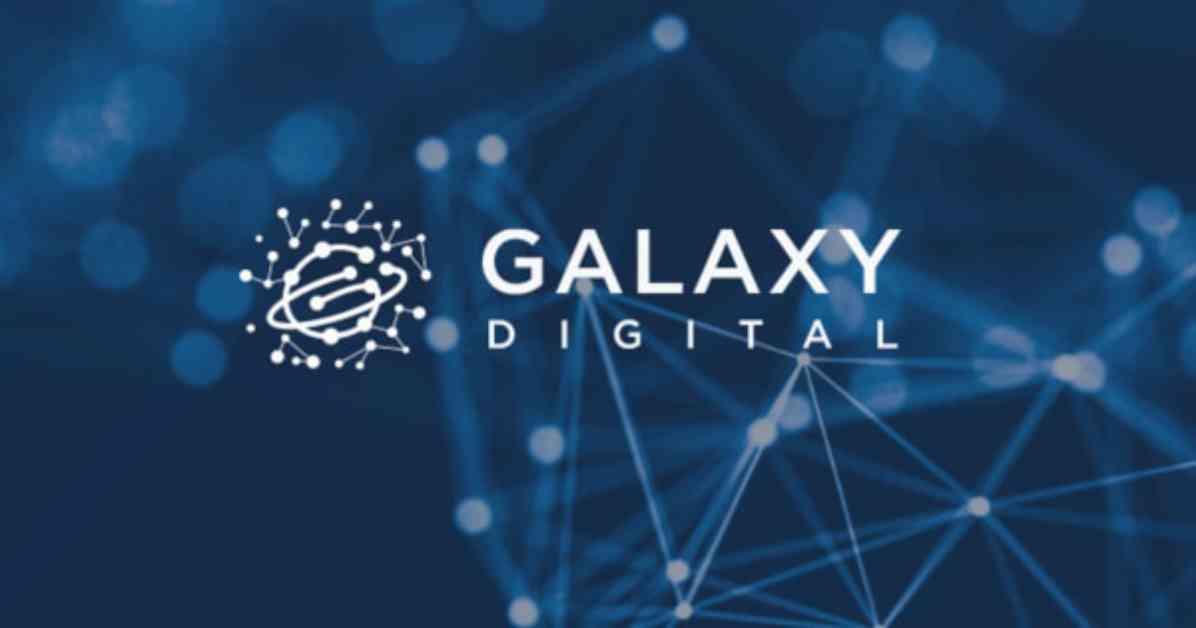Ethereum Developers Tackle Holesky Testnet Challenges and Sepolia Upgrade
Ethereum developers recently came together for the All Core Developers Execution (ACDE) Call #206, led by Tim Beiko from the Ethereum Foundation. The focus of the meeting was on addressing the issues that arose on the Holesky testnet following the activation of Pectra, as well as discussing the upcoming Sepolia testnet upgrade.
Holesky Testnet Troubles: A Chain Split Saga
The activation of Pectra on February 24 triggered a series of challenges on the Holesky testnet, primarily stemming from misconfigured client software in Geth, Nethermind, and Besu. This misconfiguration resulted in a chain split, creating complexities in stabilizing the network. With only a fraction of validators functioning correctly, the developers delved into extensive deliberations on how to navigate the recovery process.
Tim Beiko shed light on the root cause of the disruption, pointing to incorrect validator deposit addresses that differed from those on the mainnet. The team is currently strategizing a recovery plan for Holesky, which includes a proposed mass slashing event to enforce the correct version of the network. However, doubts linger regarding the feasibility of this plan, primarily due to potential coordination hurdles among clients and validators.
Sepolia Upgrade: Looking Towards the Future
The developers also dedicated time to discussing the impending Sepolia testnet upgrade set for March 5. This upgrade necessitates updated client software from Geth, Nethermind, and Besu, along with a mandatory update for the Lodestar CL client. Tim Beiko affirmed that the activation date would proceed as scheduled, emphasizing the critical need for prompt updates by node operators to ensure a seamless transition.
Building Resilience for Tomorrow: Long-Term Strategies
Beyond immediate recovery efforts, the developers engaged in conversations about long-term strategies to prevent similar incidents in the future. Suggestions floated included standardizing fork configuration formats and enhancing checkpoint sync capabilities across clients. These initiatives are geared towards fortifying network resilience and laying the groundwork for upcoming Ethereum upgrades like Fusaka.
The ACDE call underscored the significance of Holesky as a testing ground, with discussions around the potential creation of a new testnet if current recovery plans fall short. While doubts persist about the efficacy of the proposed recovery strategies, the discourse offered valuable insights into Ethereum’s network management and the adjustments needed for future protocol enhancements.
In conclusion, the Ethereum developers are committed to overcoming the challenges posed by the Holesky testnet disruptions and preparing for the upcoming Sepolia upgrade, showcasing their dedication to ensuring the robustness and efficiency of the Ethereum network.














